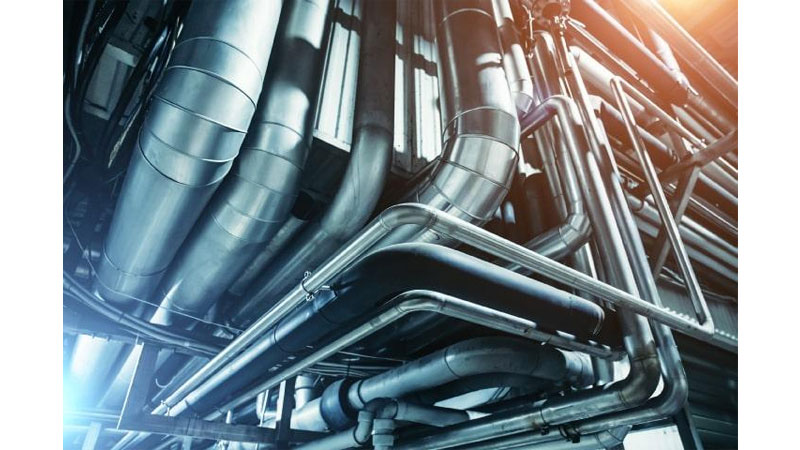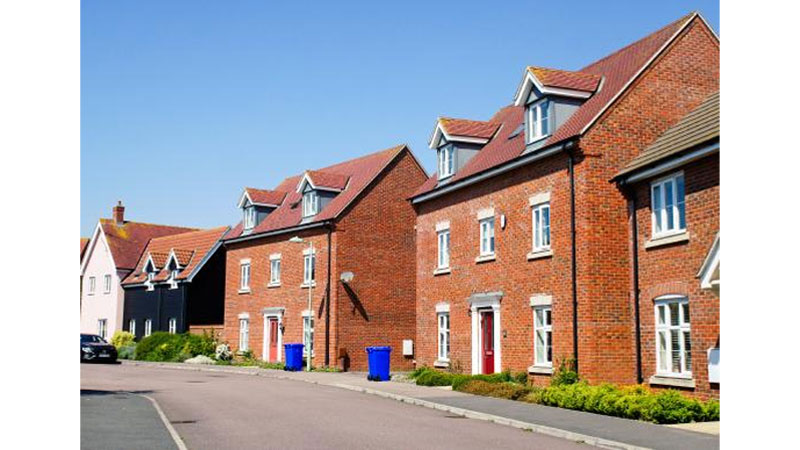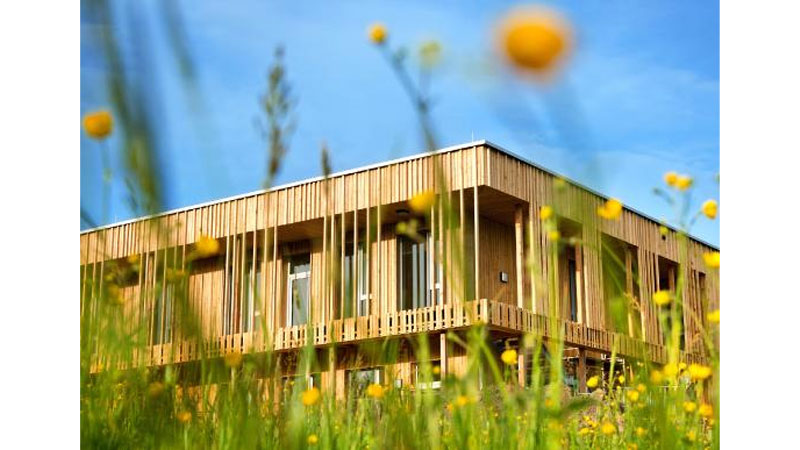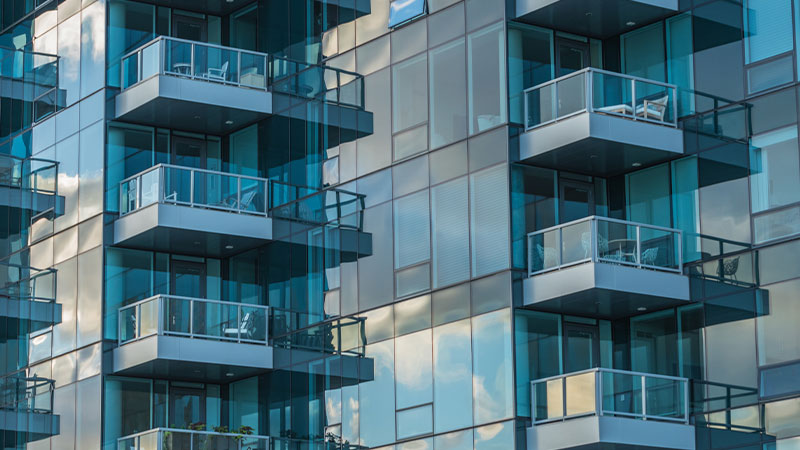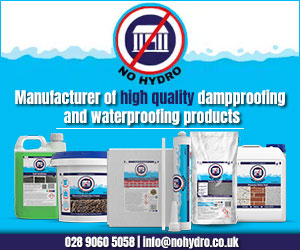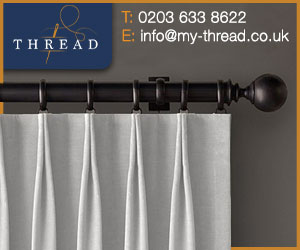Time and date
CONSTRUCTION DIRECTORY
Glen Dimplex Heating & Ventilation Contact Details
Telephone
Click to view
Website
Address
Millbrook House, Grange Dr
Hedge End
Hedge End
Southampton
SO30 2DF
About Glen Dimplex Heating & Ventilation
Technical Innovators of Building Services
Dedicated to the design and development of sustainable heating, cooling, ventilation and hot water products and systems for commercial and residential projects.
Our services
Designed to give you access to our experienced team of HVAC specialists in a way that that benefits you to reduce risk and increase value for your project.
CPDs
Certified CPD courses on HVAC compliance and technology.
Application design
Design support and guidance on applying our solutions to your project.
Product training
Product and installation training on our range of HVAC technologies.
We are helping to build a more sustainable future
At GDHV, we believe that successful HVAC specification lies in product innovation which contributes to a sustainable future, whilst being commercially beneficial, fully scalable and flexible to meet project requirements. We aim to support our customers through every step of the construction process, from the formation of HVAC strategies and product specification advice, to design application guidance and installation training.
Heat pumps
Dedicated to the design and development of sustainable heating, cooling, ventilation and hot water products and systems for commercial and residential projects.
Our services
Designed to give you access to our experienced team of HVAC specialists in a way that that benefits you to reduce risk and increase value for your project.
CPDs
Certified CPD courses on HVAC compliance and technology.
Application design
Design support and guidance on applying our solutions to your project.
Product training
Product and installation training on our range of HVAC technologies.
We are helping to build a more sustainable future
At GDHV, we believe that successful HVAC specification lies in product innovation which contributes to a sustainable future, whilst being commercially beneficial, fully scalable and flexible to meet project requirements. We aim to support our customers through every step of the construction process, from the formation of HVAC strategies and product specification advice, to design application guidance and installation training.
Heat pumps
- Air Source Heat Pumps
- Ground Source Heat Pumps
- Hot Water Heat Pumps
- Water Source Heat Pump
- Communal Ambient Networks
- Direct Acting Panels
- Fan Coil Units
- High Heat Retention Storage Heating
- Intelligent Fan Convectors
- Professional Flame
- Air curtains
- Comfort Cooling
- Heating Ventilation and Cooling Controls
- Smarter Panel Heaters - powered by SmarterDM
- Towel Rails
- Professional Electric Fires
Gallery
|
Click to close
|
News
23/05/2022
Debunking misconceptions of electric panel heating

Debunking the misconceptions of electric panel heating
Modern, energy efficient electric panel heaters that offer a high level of control to users, whilst using low carbon energy, are unrecognisable from the inefficient, clunky panel heaters of the past. Despite technological advances, the perception of electric heating mostly relates to the old technology that grew in popularity with the advent of cheaper nuclear energy in the late 1950s. Traditionally, panel heaters in homes were accompanied by storage heating to make use of the energy generated ‘off-peak’ and assist with under-utilised night-time energy available on the grid. In addition, electric heating has long been a convenient form of secondary heating, for example with the use of portable fan heaters.
Are electric panel heaters powered by “dirty fuel”?
Being 100% efficient at the point of use, the carbon factor of panel heating reflects that of the electricity supply grid. Carbon emissions emitted when burning a unit of natural gas or oil cannot change significantly as their basic carbon content is inherent. However, the way we generate electricity has changed dramatically. UK coal and gas fired power stations are being phased out altogether and are being replaced by offshore wind and solar energy generation. Because of this the carbon factor of electricity is falling quickly. This significant decarbonisation of the grid in the past few decades means that the carbon factor of electricity is now lower than that of gas and other fossil fuels.
To demonstrate this, we should look to SAP, the building energy and carbon model that is used to demonstrate compliance with Part L. In this model the carbon factor of each fuel is determined. Given that the carbon factor values have not been updated since 2012 the decarbonisation of electricity has not yet been truly reflected in carbon emission calculations. The updated SAP 10 puts this imbalance right. The carbon factor of oil has not changed and remains at 0.298, while gas has reduced slightly from 0.216 in SAP 2012 to 0.210 in SAP 10.1 marking a decrease of 2.8%. The carbon factor of electricity has reduced by a massive 73.8%, taking it from the highest of the three fuels, at 0.519 in SAP 2012, to the lowest at 0.316 in SAP 10.1. As the decarbonisation of the grid continues, panel heaters will become progressively low carbon options for space heating in new and existing developments in the future, until 2035 - at which point the electrical grid will be zero carbon.
Is electric heating in modern buildings expensive?
Improvements in the thermal efficiency of building fabric means that heat loss in modern developments is relatively low. The energy demand for space heating in well insulated buildings is therefore significantly reduced. Where insulation levels are high, the specification of panel heaters in smaller houses and low-rise apartment buildings can result in a better combined capex/opex performance than many other technologies.
Glen Dimplex Heating & Ventilation (GDHV) has been at the forefront of technology innovation for heating, cooling, and ventilation for over 50 years. GDHV’s diverse range of low carbon solutions, designed to create a sustainable future includes heat pump technologies,
25/04/2022
What is COP and EER?
The Coefficient of Performance (COP) and Energy Efficiency Ratio (EER) are measures of a heat pump or heating and cooling solution’s efficiency. They indicate a ratio of useful heating or cooling produced by the unit against the energy it consumes. For example, the COP of a heat pump that can provide 3kW of heat against the input of 1kW of electricity is 3. The EER that generates a cooling effect of 12BTU against the input of 1kW of electricity is 12.
Can COP and EER be used to establish the overall energy efficiency of a heating or cooling unit?
In simple terms, the higher the COP or EER, the more energy efficient the heat pump is. This is helpful as a relatively simple efficiency qualifier calculated as a punctual value at a given condition. As we know, however, the energy efficiency of heat pumps can change based on many factors, including for example variations in external temperatures, such as those from seasons.
The load requirement for heat pumps also changes, especially in temperate climates such as the UK. The Seasonal Coefficient of Performance (SCOP) and Seasonal Energy Efficiency Ratio (SEER) consider the energy efficiency of a heat pump throughout the entire heating and cooling season, providing a more accurate comparison of likely installed performance than COP.
SCOP can be calculated for more complex multi-unit solutions too, giving an important performance indicator for HVAC systems such as communal ambient loops that utilise in-apartment water source heat pumps and air source heat pumps as central plants. You can read more on the impact of SCOP of central plants on the energy efficiency of communal ambient loops here.
What do COP and EER tell us about carbon emissions?
When used with the Carbon Emissions Factor (CEF), COP and EER can be used to derive the carbon emissions produced by a heat pump. This is relevant in the context of compliance with the anticipated uplifted Part L.
When introduced, SAP10 will reduce the CEF of electricity by more than half, from 0.519 CO2/kWh to 0.233 CO2/kWh. Adjustments made to other fuels will be negligible. This means that to achieve the expected carbon reductions indicated by the Future Homes Standard, heat pumps are likely to become the default technology.
To find out more visit our website here
Can COP and EER be used to establish the overall energy efficiency of a heating or cooling unit?
In simple terms, the higher the COP or EER, the more energy efficient the heat pump is. This is helpful as a relatively simple efficiency qualifier calculated as a punctual value at a given condition. As we know, however, the energy efficiency of heat pumps can change based on many factors, including for example variations in external temperatures, such as those from seasons.
The load requirement for heat pumps also changes, especially in temperate climates such as the UK. The Seasonal Coefficient of Performance (SCOP) and Seasonal Energy Efficiency Ratio (SEER) consider the energy efficiency of a heat pump throughout the entire heating and cooling season, providing a more accurate comparison of likely installed performance than COP.
SCOP can be calculated for more complex multi-unit solutions too, giving an important performance indicator for HVAC systems such as communal ambient loops that utilise in-apartment water source heat pumps and air source heat pumps as central plants. You can read more on the impact of SCOP of central plants on the energy efficiency of communal ambient loops here.
What do COP and EER tell us about carbon emissions?
When used with the Carbon Emissions Factor (CEF), COP and EER can be used to derive the carbon emissions produced by a heat pump. This is relevant in the context of compliance with the anticipated uplifted Part L.
When introduced, SAP10 will reduce the CEF of electricity by more than half, from 0.519 CO2/kWh to 0.233 CO2/kWh. Adjustments made to other fuels will be negligible. This means that to achieve the expected carbon reductions indicated by the Future Homes Standard, heat pumps are likely to become the default technology.
To find out more visit our website here
Location Map
Glen Dimplex Heating & Ventilation Serves The Following Areas
Find Glen Dimplex Heating & Ventilation in
Glen Dimplex Heating & Ventilation General Description
Glen Dimplex Sustainable heating cooling ventilation and Hot water heat pumps products and systems for commercial and residential projects




